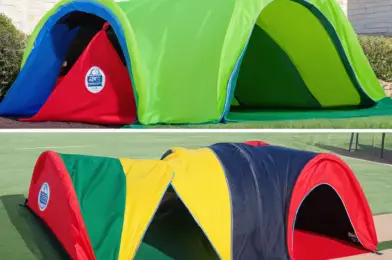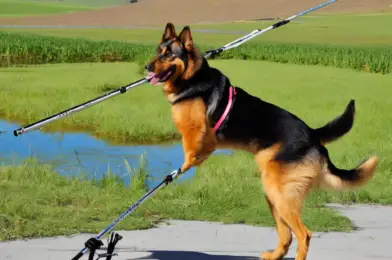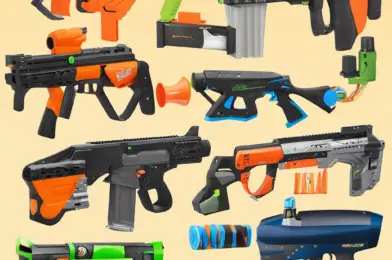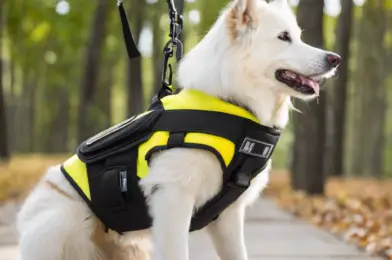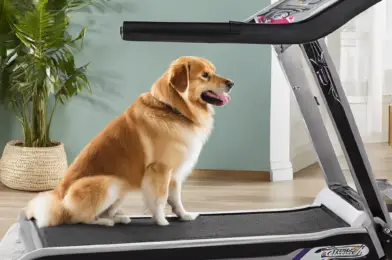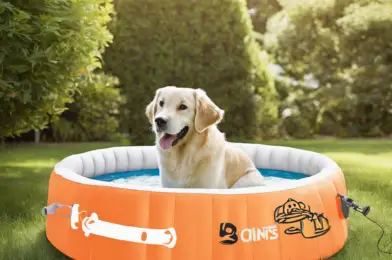# Bringing Your Furry Friend Home: A Guide to a Successful First Night
Bringing home your new puppy is an exciting and heartwarming experience, but it can also be a little daunting, especially when it comes to that first night. Puppies, like all babies, can be a handful, and they need love, care, and a structured routine to feel secure. With some preparation, you can ensure that your puppy’s first night home is a peaceful and positive experience that sets the foundation for a healthy bond and a happy, well-adjusted furry family member. Here’s a step–step guide to help you navigate this special occasion.
## 1. Create a Cozy Space
Designate an area in your home as your puppy’s sanctuary. This could be a specific room or a cozy corner. A puppy playpen or a crate can be an excellent option, providing both a safe haven and a den-like environment. Line it with soft bedding and comfortable blankets, and consider adding a heating pad set on low to mimic the warmth of their littermates. Puppies thrive on familiarity, so if possible, ask the breeder for a piece of bedding or a toy with their litter’s scent to ease their transition. This simple trick can provide comfort and help them sleep sounder.
## 2. Stock Up on Essentials
Before your puppy arrives, ensure you have all the necessary supplies. This includes age-appropriate food, a variety of toys, puppy pads or outdoor potty options, a collar or harness with an ID tag, and a leash for those first adventurous walks. Don’t forget the treats—these will be essential for training and positive reinforcement. Consider puppy teething rings and chews to satisfy their natural urge to bite and chew, which can also help soothe sore gums.
## 3. Establish a Routine
Puppies thrive on schedules. Start as you mean to go on by setting a consistent routine for feeding, potty breaks, playtime, and bedtime. This predictability will help your puppy understand what to expect and provide a sense of security. Feed your puppy at regular times, allow for post-meal potty breaks, and schedule playtime and training sessions accordingly. Consistency is key, and it’s a great way to start training your puppy to adapt to your family’s routine.
## 4. Potty Training 101
Accidents will happen, but you can minimize them with a careful eye and patience. Take your puppy outside frequently, especially after meals, naps, and playtime. Use a command like “go potty” to associate the action with the words. Reward successful potty breaks with treats and praise, and be patient during the learning process. Keep a close watch on your puppy when they are indoors. If you catch them in the act, calmly and quickly take them outside to finish, then reward them for going in the right place.
## 5. Handling the Night
Your puppy may whine or cry during the night, especially if they are used to being with their littermates. Keep their crate or bed close to your room to provide comfort. If they whine, reassure them gently without overdoing it, as you want to encourage self-soothing. A ticking clock or a heartbeat sound machine can help mimic the sounds of their mother and littermates. For the first few nights, you might consider sleeping near them to ease the transition.
## 6. Socialization and Bonding
Use the first few days to bond and socialize your puppy. Introduce them to family members and close friends gently, allowing your puppy to set the pace. This is also a great time for basic training, starting with simple commands like ‘sit’ and ‘come.’ Keep training sessions short and fun, using treats and lots of positive reinforcement. Socialization is vital, so introduce them to various sights, sounds, and experiences gradually, always ensuring they feel safe.
## 7. Health and Vet Checks
Schedule a vet visit within the first few days to ensure your puppy is healthy and up to date with vaccinations. The vet can provide guidance on ongoing care and answer any questions you may have. Regular vet visits are essential for your puppy’s welfare and can catch any potential issues early on.
Bringing home a new puppy is a memorable and rewarding experience, and with these steps, you’ll be well-prepared for the first night and beyond. Your puppy’s first night is just the beginning of a beautiful journey together. Embrace the love, patience, and joy that comes with puppy parenthood, and soon enough, you’ll have a happy, healthy, and well-behaved furry companion by your side. Enjoy every moment!



